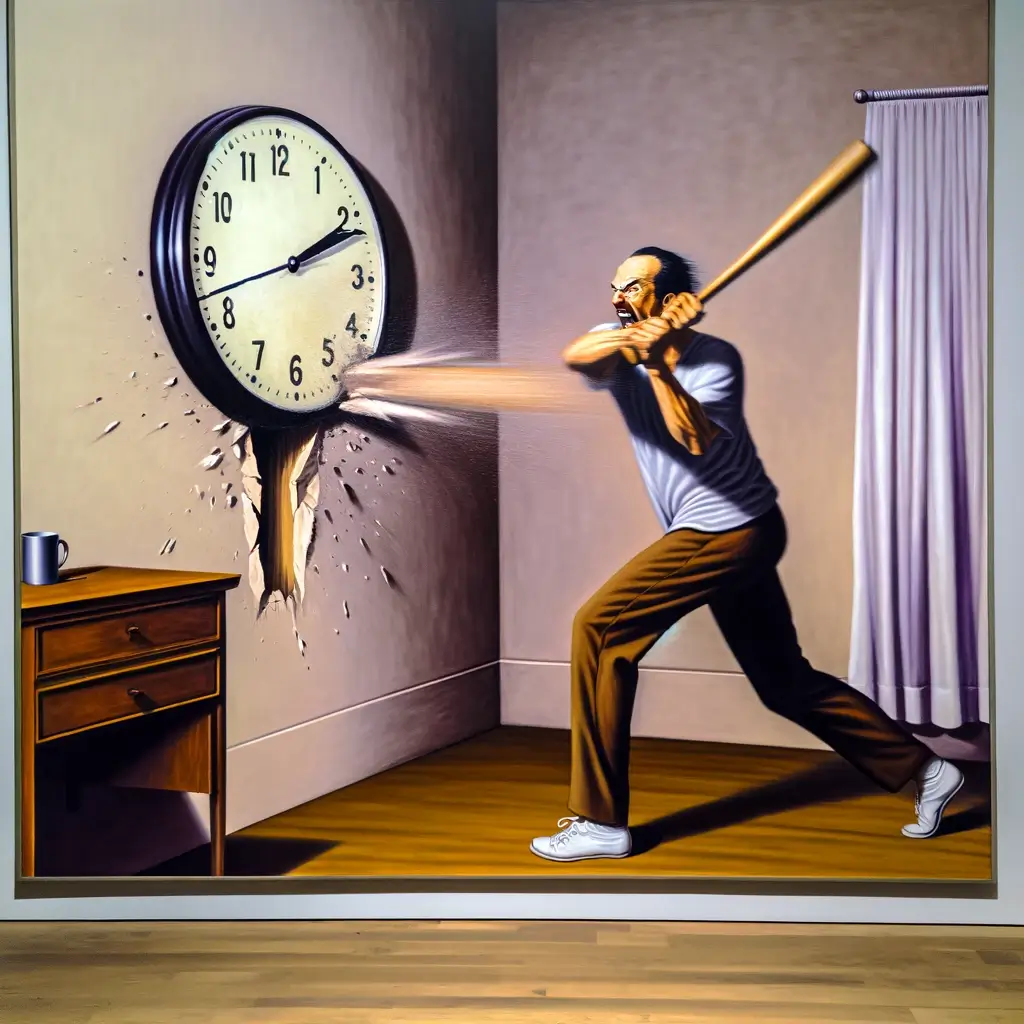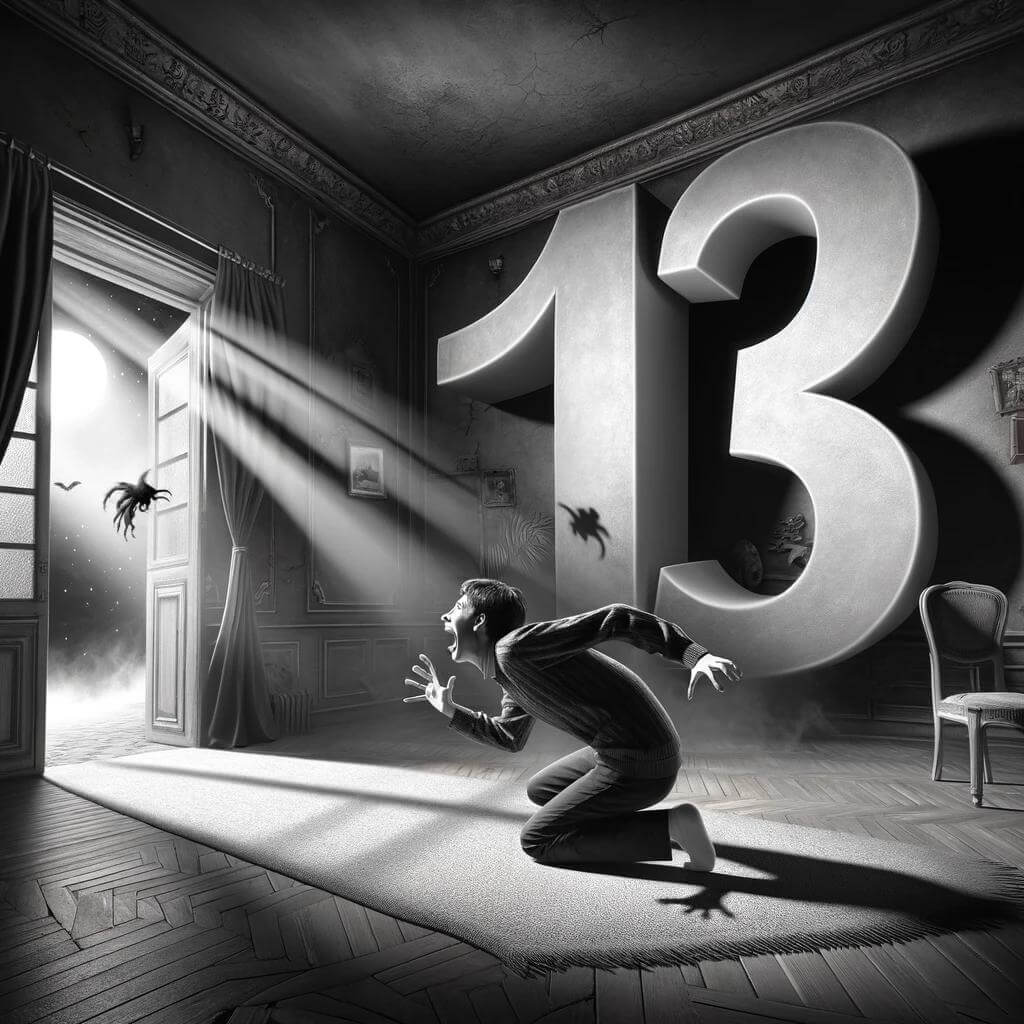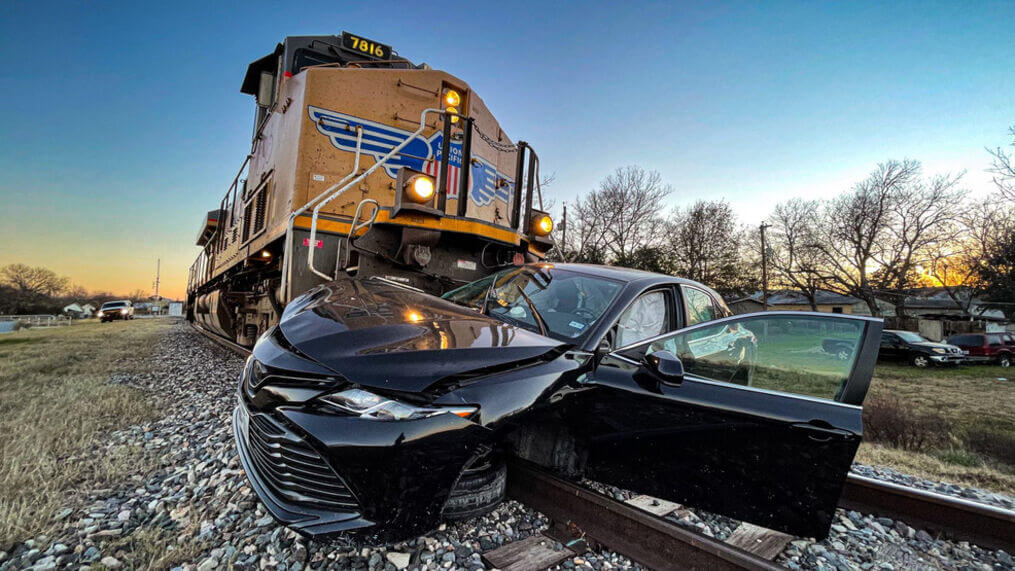Train Accidents
The 5 Worst Train Accidents in History
Trains have been around for over 200 years, but their immense size and power are still impressive to behold. The average modern passenger train car can weigh up to 80,000 lbs, the same weight as a fully loaded semi truck. Add that trains can have up to six or seven cars and travel between 90 to 100 mph, and you have a true marvel of transportation and physics.
However, while largely safe, the physical power and sheer weight of trains makes accidents very devastating. Below is a compiled list of the Top 5 worst train disasters in history. They span all over the 20th century and all over the world, from 1917 to 1989, from Mexico to Russia. Take a look and learn a little about the darkside of railway history.
The Ufa Train Disaster – 575 Deaths
One late June evening in 1989, two passenger trains were passing each other between the towns of Ufa and Asha in the Ural Mountains, in total there were over 1,300 passengers riding in nearly 40 cars attached to the two trains. The trains were carrying hundreds of children, both on their way to and from vacation camps on the beaches of the Black Sea.
Hundreds of meters away, a gas pipeline was leaking liquid gas into the gully where the trains were passing each other. The liquid formed a dense vapor in the valley, creating a tinderbox waiting to be ignited. As the trains passed each other, one of the train’s wheels sparked and ignited the air.
The resulting explosion was estimated to have been the equivalent to 10,000 tons of TNT and was visible for 95 miles away. According to official records, 575 people were killed, 181 children. There were multiple reports of even higher death tolls stating the total body count was actually around 800. Over 100 ambulances carried the injured to local hospitals.
One of the doctors from the scene, Mikhail Kalinin, had this to say, “I came to work that day fair haired and returned gray haired. After the tragedy, we could not speak about it… Heaven forbid that you will see such a human tragedy.”
The Guadalajara Train Disaster – 600 Deaths
In the midst of a violent revolution, 1915 proved to be a turbulent year for Mexico. In 1913, President Madero was assassinated, creating a power vacuum and throwing the nation into turmoil. The presidency was passed to Victoriano Huerta, but Pancho Villa and Venustiano Carranza immediately challenged him, installing Carranza as the new leader. However , Pancho continued the revolution, betraying Carranza.
In early 1915, Carranza’s forces managed to capture a base from his former ally in southern Mexico called “Guadalajara.” As this was a major victory, Carranza arranged for the families of his troops to travel by train in order to meet them and celebrate. The train that carried them was 20 cars long, leaving Colima on January 22nd with over 900 passengers. It was packed to a greater capacity than it could handle, reports say that some passengers were hanging onto the roof and undercarriages because there was so little space.
As the train entered a valley, it began descending with greater and greater speeds. Passengers were thrown from the train as it traveled on curves at far greater speeds than it was designed for. Because its brakes failed, the train completely left the tracks and plummeted into a large canyon. The resulting deaths led to over 600 casualties. When Carranza’s troops heard the news, some of them reportedly committed suicide from the intense grief.
The Bihar Train Disaster – Between 500 to 800 Deaths
In June of 1981, India was experiencing a rather harsh monsoon season. Waters caused the rivers to rise. And powerful winds blew against bridges, homes, and other structures. On June 6th, a 9 car train was packed with nearly 1,000 passengers. This far exceeded the upper limits of the trains design, in addition, due to the commonality of illegal passengers, the passenger count was probably even higher than recorded.
The train left the station in Mansi and was traveling to Saharsa in the state of Bihar. It was traveling on a bridge over an engorged river when the trains engineer suddenly hit the brakes, causing seven of the nine of the nine “cars’ ‘ to plummet into the Baghmati River. However, breaking alone would not have caused derailment. Many experts believe that the rain caused the wheels of the train to slip and derail. Through a combination of a wandering animal, a stormy season, and the faith of the engineer, an estimated 600 people lost their lives. Due to the extreme remoteness of the crash site, help did not arrive for hours. By then, an estimated 300 people were washed away by the river, which local fishermen refused to search for because of local taboo.
The Ciurea Rail Disaster – Over 700 Deaths
In January 1917, Eastern Europe was dealing with the violence and brutality of Word War I. In Romania, civilians and soldiers alike sought to escape the approaching German assault. As a result, they packed into every available train car far beyond capacity.
An estimated 1,000 passengers packed 26 cars traveling between Lasi and Barlad. As the train approached the station, it began a 10 mile descent on a steep grade. Reports say that wandering soldiers and overcrowded cars damage the brakes, rendering them useless to the steep descent.
Train crews were unable to slow the train, even as the engines were thrown into reverse and sanding equipment increased friction between the wheels and tracks. At the station, a second train was occupying the straight rail approach, forcing the runaway train to the other track on the right. The switch caused the train to derail at high speeds, causing 24 carriages to leave the track, forming a fiery and tragic monument.
The Maurienne Derailment – Between 800 & 1,000 Deaths
The single worst railway disaster in history, the Saint-Michel-de-Maurienne incident took place in WWI as well. A train carrying over 1,000 passengers, almost entirely French soldiers, traveled from Italy into France for a short break from the fighting. While the soldiers hoped for a small holiday away from the fighting and the violence many of them would never get the chance to return home. According to official records, 982 soldiers were on 19 train cars as it left for the station in the Maurienne valley. The trains engineer originally refused to leave the station due to the conditions of the train, but gave into the commanding officers threats of punishment. It departed Modane late on that wintery night around 11pm. The steep grade, in addition to the over-packed cars, caused the train’s brakes to fail as it descended into the valley. The train reached speeds in excess of 80 mph as it approached the station.
The brakes functioned in only three of the cars, causing several of the wooden cars to derail at the mountain pass. The wooden cars smashed into one another, ignited by the candles used by the train workers. The situation was made critical by the unauthorized possession of grenades and explosives by soldiers onboard, as well as the geography of the crash site. The mountain walls provided no vent for heat, causing fire to intensify.
Official reports say that between 700 and 800 passengers were killed, but the situation was classified for many years due to the military’s part in the disaster. In addition, accounting for the fatalities due to the fire, which burned until the following morning. Only 432 bodies could be identified of the approximate 800 deaths. Up to 1,000 deaths are possible due to the overcrowding of the train and the military’s insistence to classify the event.
Train Accident Lawyers
Every day, a passenger train transports millions of people across the country into and out of cities and across state lines. These passenger trains are operated by commuter lines as well as Amtrak. According to its website, Amtrack alone serves more than 500 destinations in 46 states with over 21,000 miles of routes. Unfortunately, train accidents on these carriers are all too common. Examples of such railroad accidents include train derailments, trains hitting tractor-trailers or cars at crossings, trains hitting pedestrians, and collisions with other trains. Our personal injury attorneys are ready to fight for you in claims against Amtrak as well as commuter trains. The law imposes certain legal obligations on common carriers such as railroads which can vary from state to state.
Choosing a seasoned personal injury attorney with experience is critical. Speak to an experienced accident lawyer and discuss your rights and legal options to recover full compensation at (614)-453-0971.
Common Causes of Train Accidents and Derailments
Railroad accidents are often the result of many causes, including human error and equipment failure. That is why, if you have been injured in such a way, having the benefit of an experienced personal injury attorney will make a dramatic difference in the outcome of your case. Freak accidents rarely occur where nothing could have been done to prevent an accident. Train injury lawyers often see that the cause of a railroad accident is one of the following.
Driver Negligence
Train racing has resulted in a significant number of fatalities and serious injuries. Train racing refers to the actions of motorists who attempt to cross a railroad crossing before an approaching train arrives. Such action is seriously dangerous, especially in view of the fact an optical illusion is often at play, in that trains can be much closer and be moving much faster than they appear.
Equipment Failure
Faulty equipment may contribute to or cause train accidents, including the following:
- Malfunction of brakes
- Malfunction of warning lights, sounds, and gates
- Faulty communication equipment
- Defective or broken handrails on locomotives or rail cars
- Defective hand brakes
- Defective or broken rails which can cause derailment
If you have been injured in an accident or derailment or have lost a loved one in such a collision, getting skilled legal counsel is imperative. Let a knowledgeable personal injury attorney help you seek the max compensation for your damages.
Human Error
A train accident can result from conductor or engineer negligence. Examples of such negligence include being distracted by a cell phone or other workers, being under the influence of drugs or alcohol at the time of the accident, a worker who improperly switches tracks, workers who push train cars without following safety precautions or leaving cars in an unsafe position for other cars functioning on the same or an adjacent track. A dedicated personal injury attorney can help determine the cause of an accident and help the injured seek personal reparations for their damages.
Seek Help From a Local Personal Injury Today
If you or a loved one were injured in a train collision, a knowledgeable attorney could help your case significantly. An attorney with extensive experience in investigative cases will help you determine the exact cause of the accident and bring the at fault party to justice. It is important to remember that the law does not make the railroads responsible for any and all injuries that occur under any circumstance. Rather the law requires railroads to take responsible actions to prevent injury and death.
Therefore, careful investigation must be done to examine whether any failure to use reasonable care on the part of the railroad occurred, such as any conductor negligence, engineer negligence, train defect, engine mechanical failure, or railroad track defects. We offer free case consultations 24/7 around the clock. Reach out today at (614)-453-0971.
Sub Categories
Recent Articles
-
 Apr 12, 2024Sue-ing Nothing Part 5: Legal Expeditions into the Absurd
Apr 12, 2024Sue-ing Nothing Part 5: Legal Expeditions into the Absurd -
 Apr 12, 2024Sue-ing Nothing Part 4: Legal Wanderings into the Realm of the Unfathomable
Apr 12, 2024Sue-ing Nothing Part 4: Legal Wanderings into the Realm of the Unfathomable -
 Apr 12, 2024Sue-ing Nothing Part 3: Legal Quirks and Quests Beyond Imagination
Apr 12, 2024Sue-ing Nothing Part 3: Legal Quirks and Quests Beyond Imagination -
 Apr 12, 2024Sue-ing Nothing Part 2: Further Adventures in the Legal Void
Apr 12, 2024Sue-ing Nothing Part 2: Further Adventures in the Legal Void

